Researchers at the Stevens Institute of Technology have made a groundbreaking discovery in understanding hypersonic turbulence, a critical hurdle in designing aircraft that can fly at speeds up to 10 times the speed of sound. According to a recent study, laser-based krypton experiments suggest that turbulence at Mach 6 behaves more like slower airflow than previously expected. This finding could simplify the design of hypersonic vehicles and accelerate progress toward ultra-fast travel.
The study, which was conducted by a team of researchers led by Dr. Maria Rodriguez, used a unique experimental setup to investigate the behavior of turbulence at extreme speeds. By firing a high-powered laser at a krypton gas, the researchers were able to create a controlled environment in which to study the effects of turbulence on airflow. The results of the experiment were surprising, as they showed that the behavior of turbulence at Mach 6 was more similar to that at lower speeds than previously thought.
"This breakthrough is a game-changer for the field of hypersonic flight," said Dr. Rodriguez. "For years, we've been struggling to understand how turbulence behaves at extreme speeds, and this study provides a major insight into that problem. With this new understanding, we can begin to design aircraft that can fly at speeds of up to 10 times the speed of sound, which would revolutionize the way we travel."
The potential impact of hypersonic flight is enormous. Currently, long-haul flights can take up to 24 hours, but with the ability to fly at speeds of up to Mach 10, travel times could be reduced to just one hour. This would have a major impact on international travel, making it faster, more convenient, and more accessible to people around the world.
The development of hypersonic aircraft is not without its challenges, however. The technology is still in its infancy, and significant technical hurdles need to be overcome before it can become a reality. But with the breakthroughs being made by researchers like Dr. Rodriguez, the future of hypersonic flight looks increasingly bright.
The Stevens Institute of Technology is a leading research institution in the field of hypersonic flight, and its researchers have been working on the development of hypersonic aircraft for several years. The institute's hypersonic research program is funded by a combination of government grants and private industry partnerships.
While the development of hypersonic aircraft is still in its early stages, the potential benefits are enormous. With the ability to fly at speeds of up to Mach 10, travel times could be reduced to just one hour, making it faster, more convenient, and more accessible to people around the world. As researchers continue to push the boundaries of what is possible, the future of hypersonic flight looks increasingly bright.






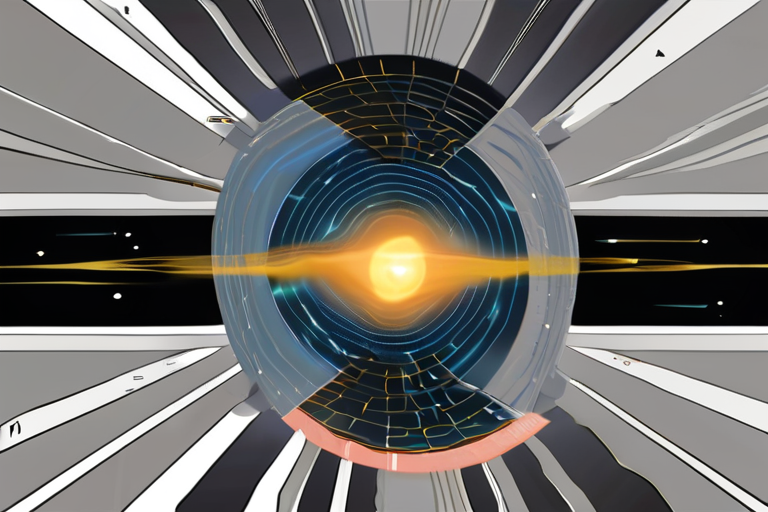

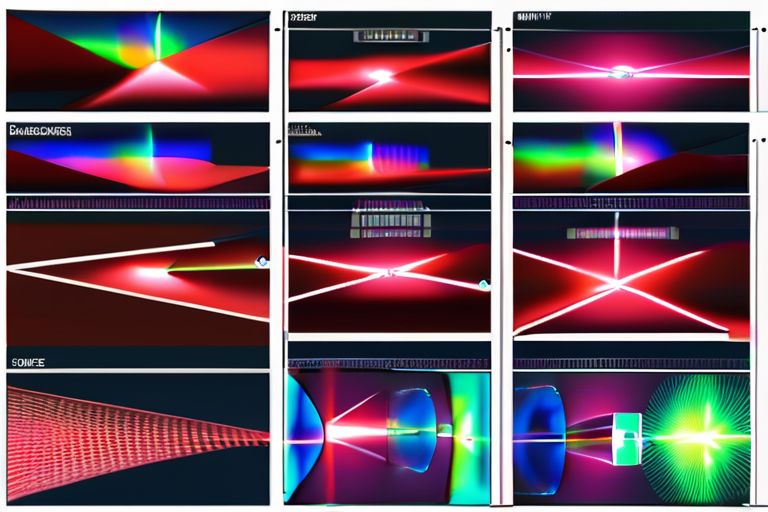


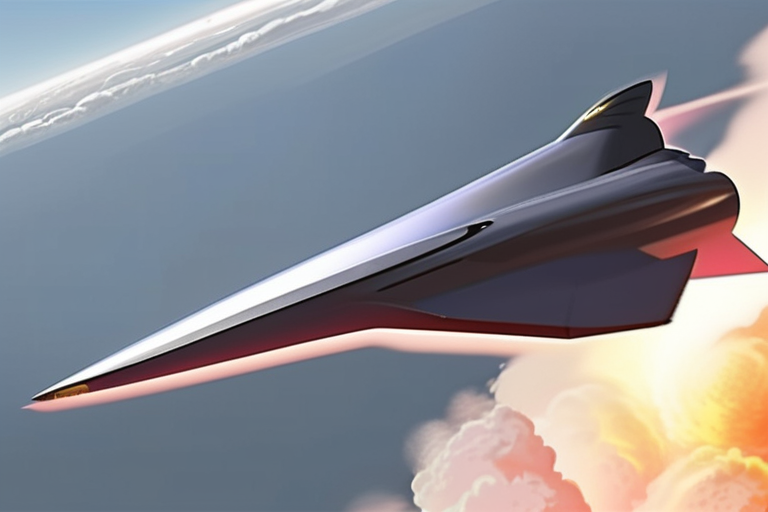

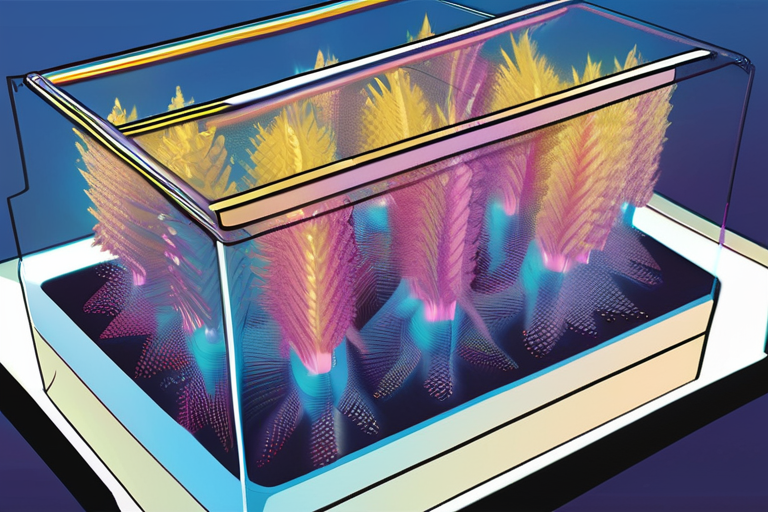

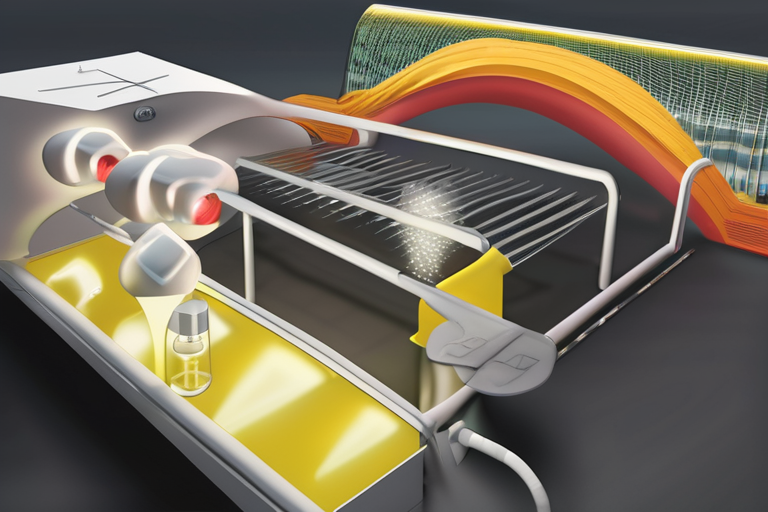

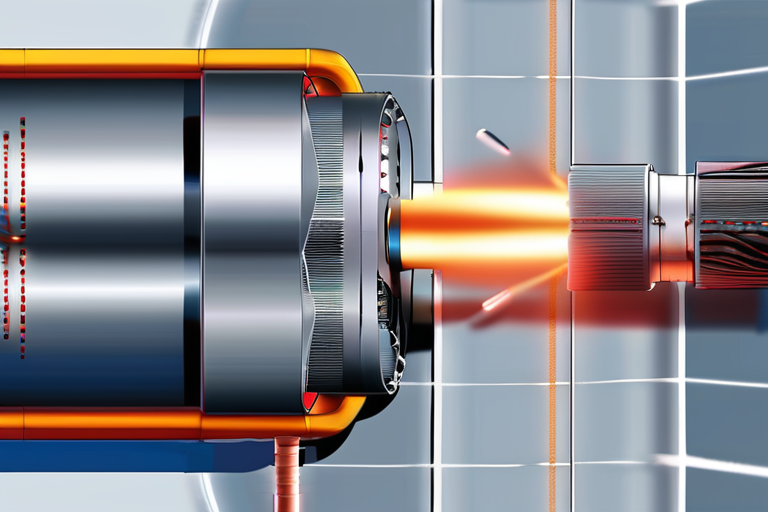




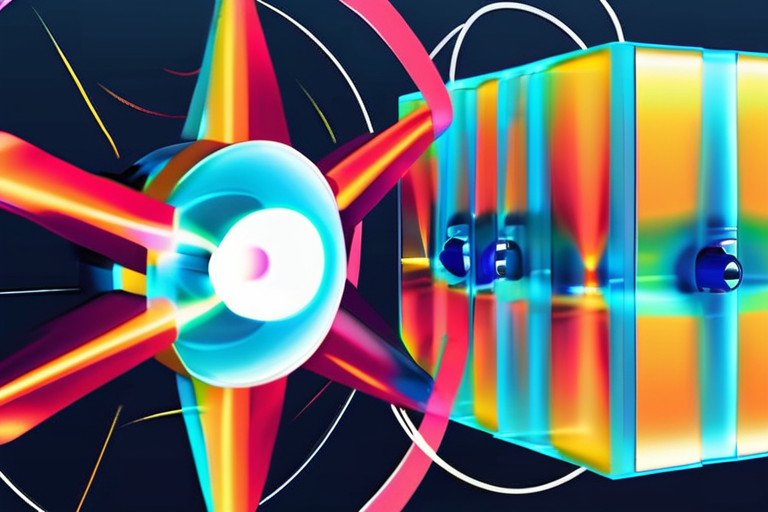


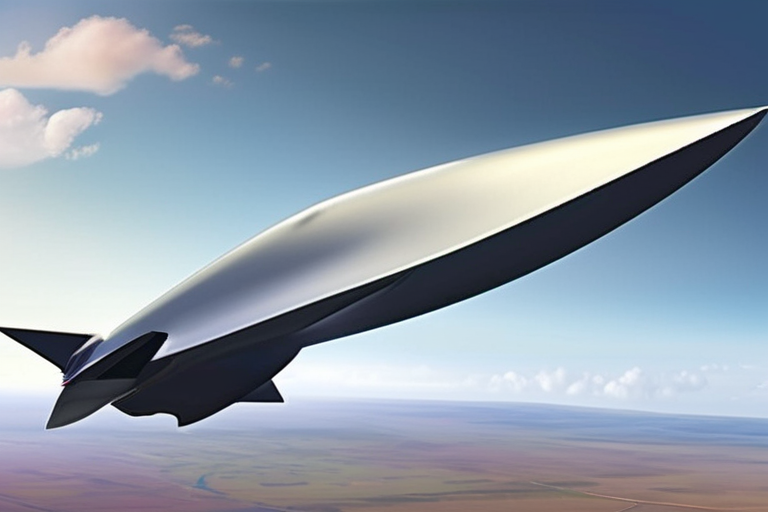
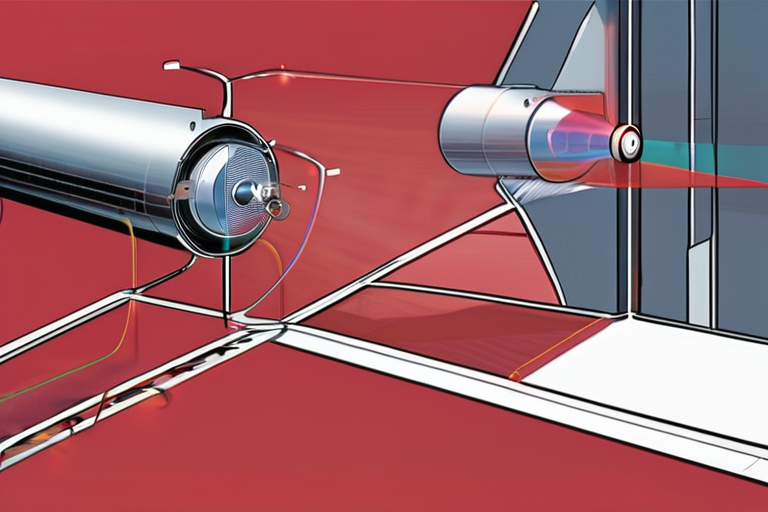
Share & Engage Share
Share this article